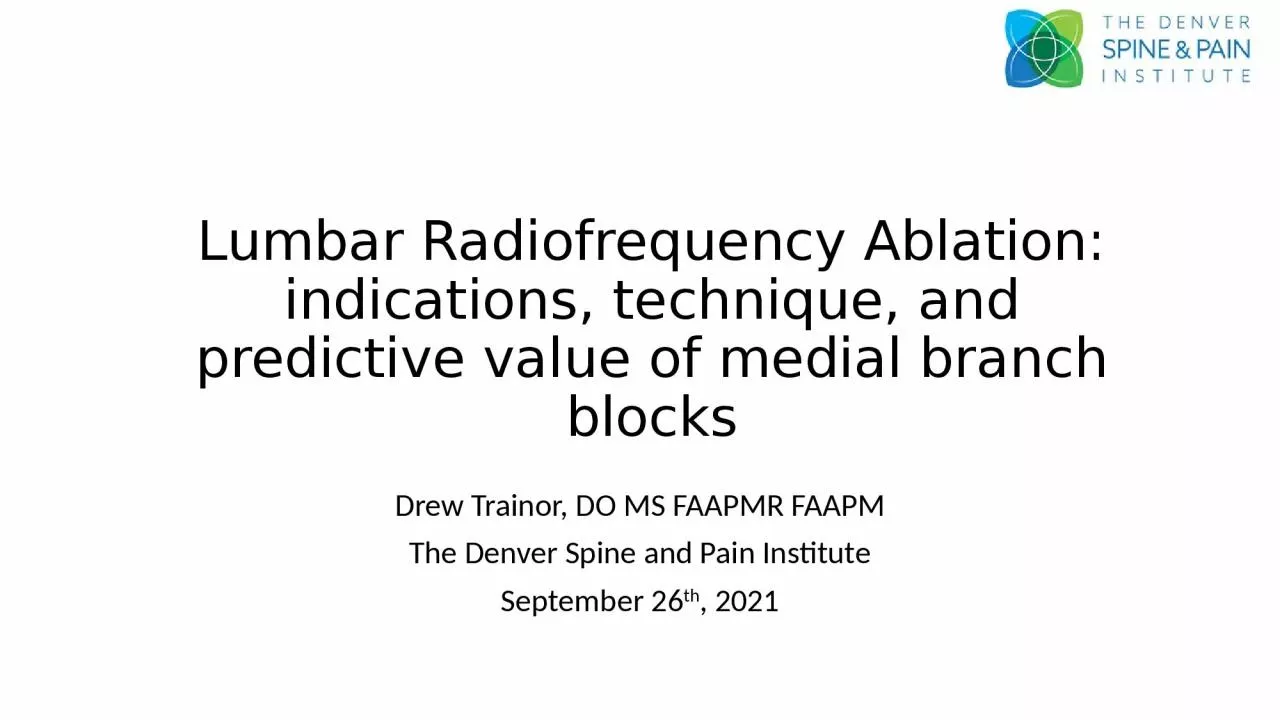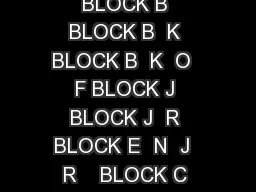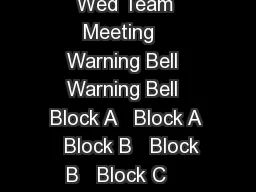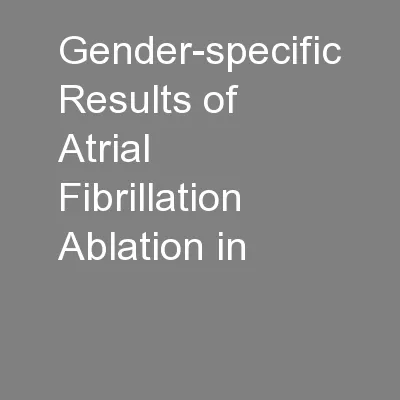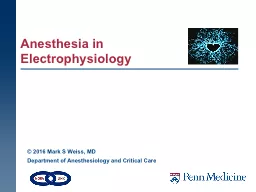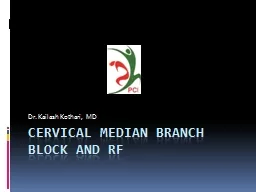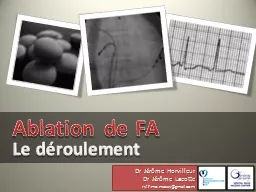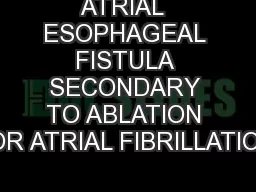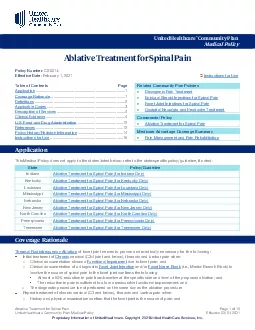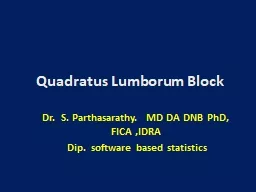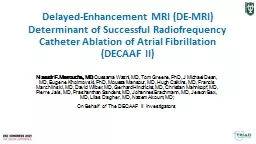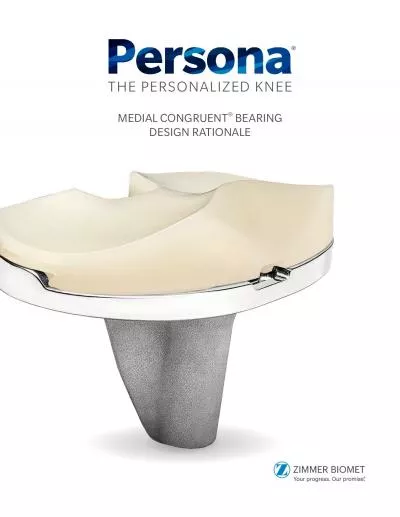PPT-Lumbar Radiofrequency Ablation: indications, technique, and predictive value of medial
Author : ButterflyHeart | Published Date : 2022-08-04
Drew Trainor DO MS FAAPMR FAAPM The Denver Spine and Pain Institute September 26 th 2021 Disclosures No relevant disclosures Consultant for Boston Scientific NALU
Presentation Embed Code
Download Presentation
Download Presentation The PPT/PDF document "Lumbar Radiofrequency Ablation: indicati..." is the property of its rightful owner. Permission is granted to download and print the materials on this website for personal, non-commercial use only, and to display it on your personal computer provided you do not modify the materials and that you retain all copyright notices contained in the materials. By downloading content from our website, you accept the terms of this agreement.
Lumbar Radiofrequency Ablation: indications, technique, and predictive value of medial: Transcript
Download Rules Of Document
"Lumbar Radiofrequency Ablation: indications, technique, and predictive value of medial"The content belongs to its owner. You may download and print it for personal use, without modification, and keep all copyright notices. By downloading, you agree to these terms.
Related Documents

